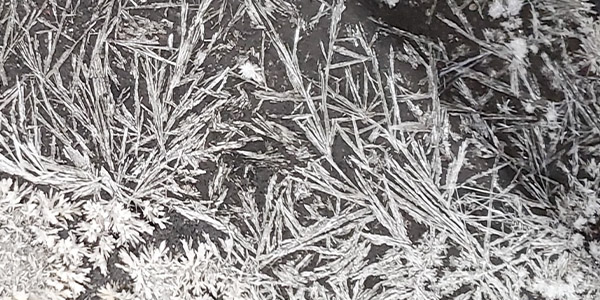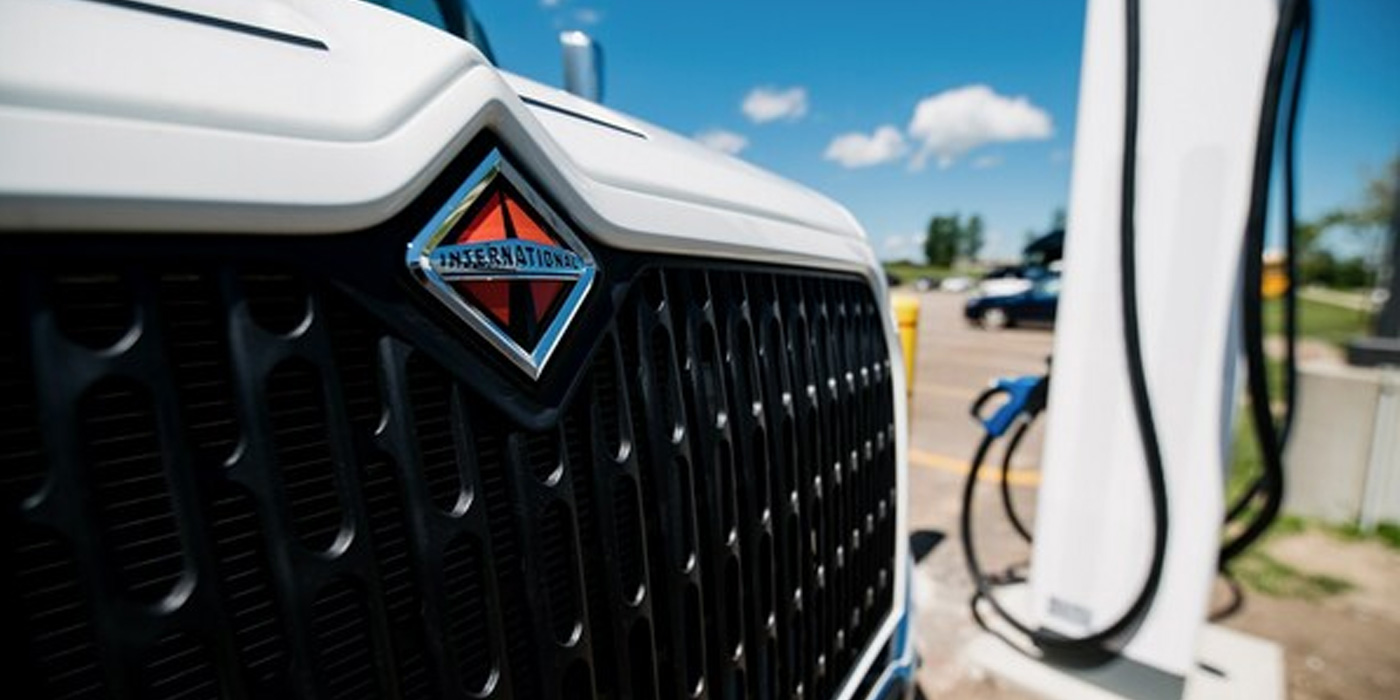Electronic fuel injection systems come in several versions. Throttle Body Injection (TBI) was used in the 1980s on many vehicles as an intermediate step from electronic carburetion to multiport fuel injection. TBI uses one or two fuel injectors mounted in a throttle body to fuel the engine.
Multiport fuel injection (MFI), which is used on almost all late-model engines, has a separate fuel injector for each cylinder. The injectors are usually mounted in the intake manifold and spray fuel into the intake ports, but on some new direct injection applications, the injectors spray directly into the combustion chamber. These include some new GM, Mazda and VW engines. Direct injection requires much higher injection pressures because the injector has to overcome the pressure inside the cylinder during the compression stroke. But the advantages include finer fuel atomization, cleaner combustion (lower emissions), better fuel economy and better performance. Because of this, more and more new engines will be going to direct injection.
First-generation MFI systems fire all the injectors simultaneously or each bank separately, but most of the newer MFI systems are sequential fuel injection (SFI) systems that fire each injector separately just as the intake valve is about to open. The advantage with the latter approach is that the air/fuel mixture can be adjusted almost instantly (from one cylinder firing to the next), and even adjusted for individual cylinders.
GM’s Central Point Injection
One notable variation is General Motor’s Central Point Injection (CPI) system.
Here, a centrally-located Maxi injector routes fuel to mechanical poppet valve injectors at each cylinder. The system was used on GM’s 4.3L V6 Vortec engines from 1992 through 1995. The Maxi injector routes fuel into six nylon fuel lines that have poppet-style spray nozzles on the end. When the pressure in the lines reaches (43 psi), the poppet valves open and fuel sprays into the intake ports. All the nozzles spray simultaneously when the Maxi injector opens (three times per crankshaft revolution).
GM redesigned the CPI system in 1996 and called it Central Sequential Fuel Injection (CSFI). The single Maxi injector was replaced with six or eight electronic injectors, but each injector still routes fuel through a plastic line to a mechanical poppet valve.
The fuel injectors in most fuel injection systems are electronic and have a solenoid valve at the top to open the nozzle. The Powertrain Control Module (PCM) determines the on-time (pulse width modulation) of each injector to regulate fuel delivery. The PCM uses various sensor inputs (airflow, temperature, oxygen, throttle position, engine speed and load) to control fuel delivery. The injectors typically receive voltage when the ignition is on, and open when the injector driver circuit in the PCM grounds the circuit.
Common Problems
Dirty injectors are a common problem. Injector nozzles can become clogged with fuel varnish over time, causing a loss of engine performance and misfiring. Contributing factors include short trip driving and using gasoline that does not contain adequate levels of detergent to keep injectors clean. Symptoms include rough idle (lean misfire), hesitation or stumble when accelerating, and reduced performance.
Fuel injectors can also leak fuel, causing an increase in fuel consumption and emissions. An injector failure will result in a dead cylinder and power loss. This will usually turn on the Check Engine Light in 1996 and newer vehicles with OBD II, and set a misfire code. Fuel pressure is critical with fuel injected engines. Operating pressures may range from 35 to 85 PSI depending on the application, but the specifications typically allow a very limited range in pressure (say from 45 to 55 psi). If fuel pressure is outside specifications, it may cause hard starting, driveability or other performance issues. That’s why fuel pressure checks are a must when diagnosing fuel-related problems.
Fuel Pumps
Most fuel injection systems use an electric pump mounted inside the fuel tank. Pump designs also vary and include single- or double-vane, roller vane, turbine or gerotor-style pumps. Most have a one-way check valve to maintain pressure in the fuel system when the engine is shut off.
Fuel pumps can fail for a variety of reasons: old age, loss of voltage, ground at the power relay, wiring connections and pump motor or bearing damage. Running the fuel tank empty may damage the pump because it relies on fuel for lubrication.
Note: Many fuel pumps are replaced unnecessarily because of misdiagnosis. A no-fuel condition might indicate a bad pump, but could also be a plugged fuel filter, bad electrical connection, bad fuel pump relay or leaky fuel pressure regulator. New fuel pump bench testers are now available for testing customers’ old fuel pumps, and should be used to reduce fuel pump warranty returns.
Replacement fuel pumps must have the same pressure rating as the original. The pump is usually part of the fuel sending unit and may be replaced separately or as a complete assembly. The fuel inlet strainer sock should also be replaced when the pump is changed.
Fuel Pressure Regulator
When fuel reaches the engine, it enters a fuel rail and goes to the injectors. A fuel pressure regulator on the fuel rail maintains a certain operating pressure. Inside is a spring-loaded diaphragm attached to a source of intake vacuum. As engine load (vacuum) changes, pressure is adjusted as needed to maintain proper fuel delivery. Excess fuel is routed back to the fuel tank through a return line. Many newer vehicles have returnless systems that do not have a regulator on the engine fuel rail. The regulator is in the fuel tank with the pump.
Problems with the fuel pressure regulator can cause hard starting, idle roughness, hesitation or stumble when accelerating, and engine performance problems. Fuel leaking into the regulator vacuum supply hose indicates the vacuum diaphragm inside the regulator has failed, and the regulator needs to be replaced.
Airflow into the engine is regulated by a throttle body attached to the intake manifold. Air first flows through an air filter, then through the throttle body before passing through the manifold and into the engine. The PCM must monitor the amount of air entering the engine, so many fuel injected systems have a vane or mass airflow sensor ahead of the throttle body. A dirty or defective airflow sensor is a common cause of fuel-related driveability problems.
Other engines use a speed-density system that estimates airflow based on throttle position, RPM, temperature and engine load. There is no airflow sensor on a speed-density system, so bad inputs from the TPS sensor or MAP sensor can cause problems on these engines.














